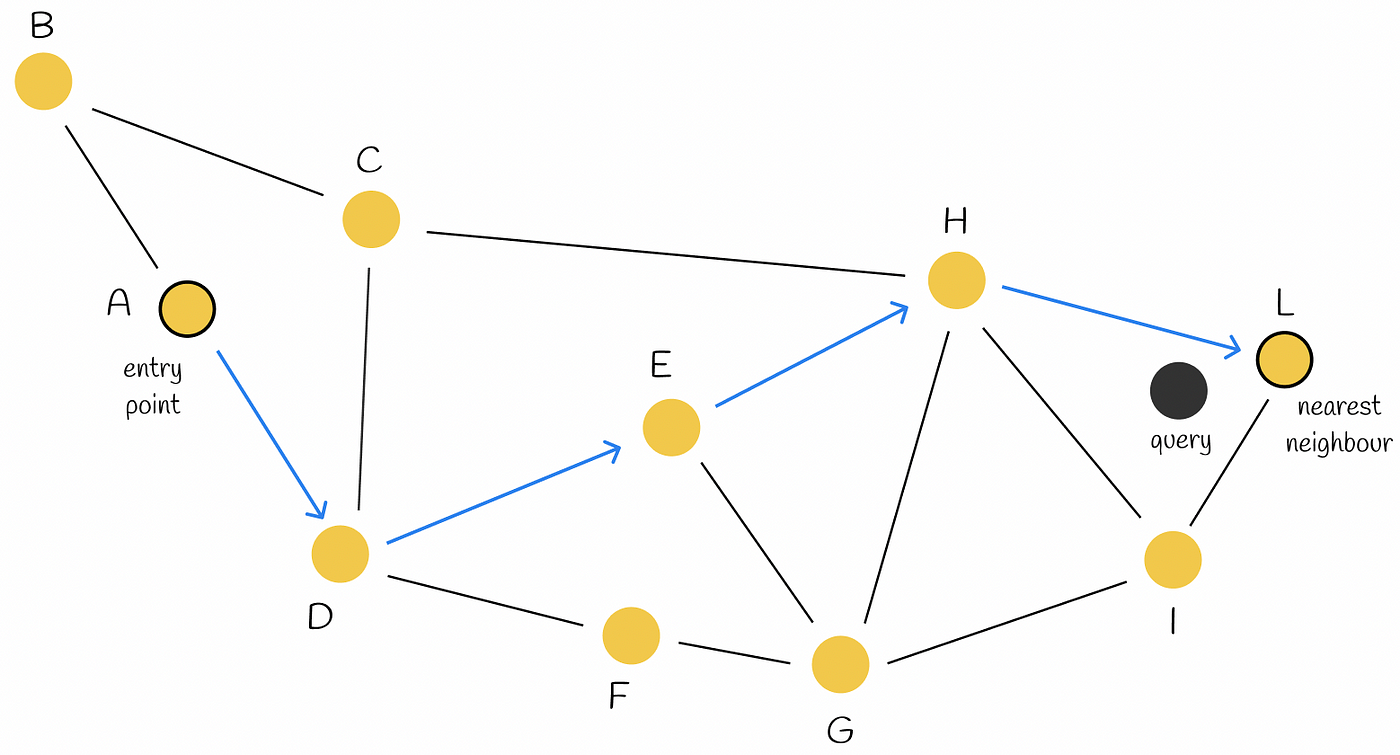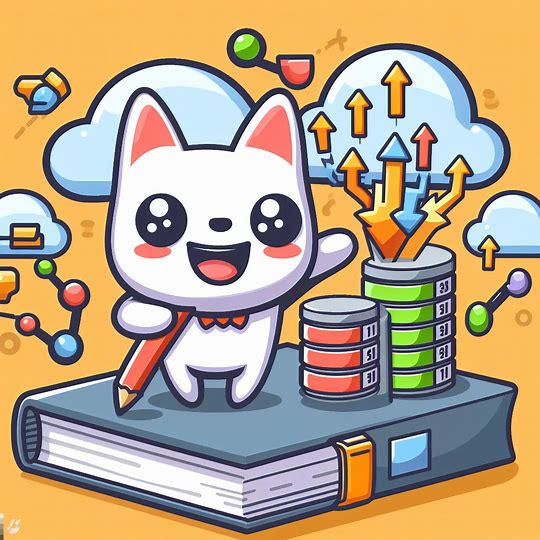Hi Developers!
Here're the technology bonuses for the InterSystems Vector Search, GenAI, and ML contest 2024 that will give you extra points in the voting:
- Vector Search usage - 5
- IntegratedML usage - 3
- Embedded Python - 3
- LLM AI or LangChain usage: Chat GPT, Bard, and others - 3
- Questionnaire - 2
- Docker container usage - 2
- ZPM Package deployment - 2
- Online Demo - 2
- Implement InterSystems Community Idea - 4
- Find a bug in Vector Search, or Integrated ML, or Embedded Python - 2
- First Article on Developer Community - 2
- Second Article On DC - 1
- First Time Contribution - 3
- Video on YouTube - 3
- Suggest a new idea - 1
See the details below.

.png)


.png)
